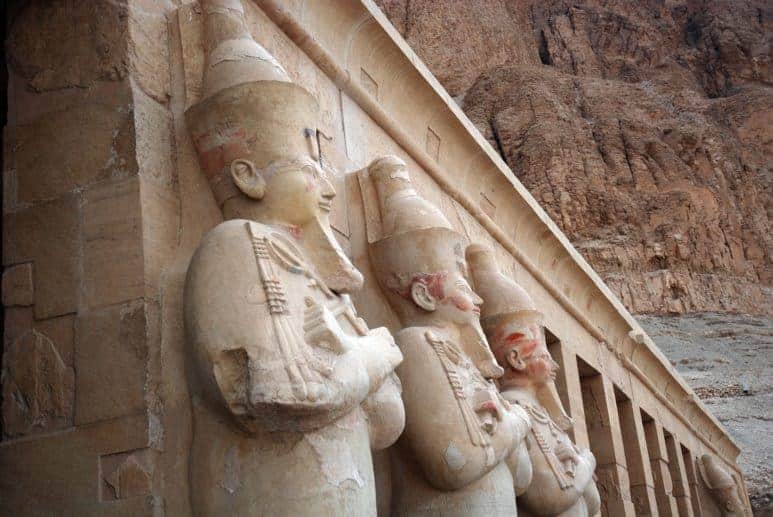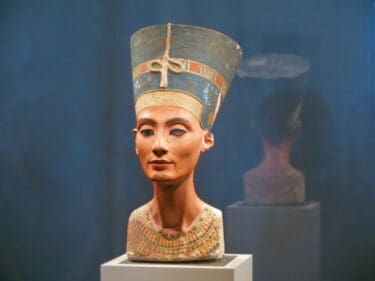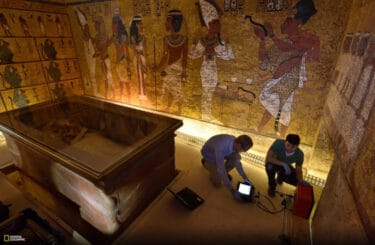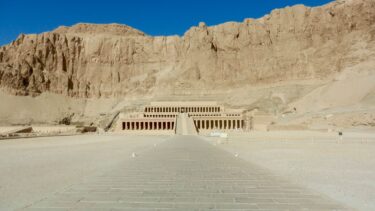Most people interested in the ancient world would have heard about the more famous of pharaohs, such as Tutankhamen, Ramses II and Akhenaten. But did you know that one of the most successful pharaohs of all Egyptian history was a woman? In our series of profiles, it is time to look at a legendary female ruler, Queen Hatshepsut.
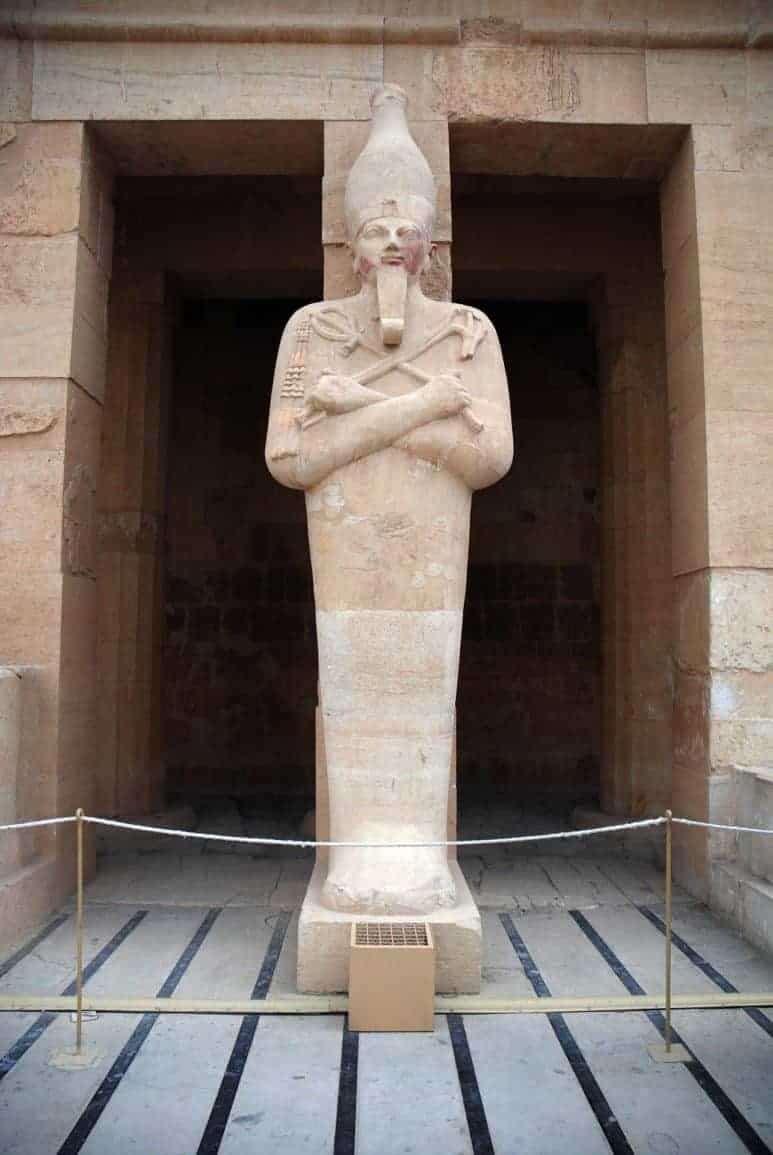
Ruling for over two decades in the 15th century B.C, Queen Hatshepsut was the longest reigning female pharaoh, and not only that, but she is regarded by scholars as one of the most effective and respected of all pharaohs.
The Queen’s Early Life
Hatshepsut was born circa 1508 B.C, the only child of King Thutmose I by his principal wife and queen, Ahmose. When she was 12, and after the death of her father, Hatsheput married her half-brother Thutmose II. During his reign, Hatshepsut assumed the traditional role of queen and principal wife.
An Unlikely Ascent to Power
But after a reign of just fifteen years King Thutmose II died, making Hatshepsut a widow before the age of thirty. With no sons of their own, and the only male heir a concubine’s infant, and due to the fact that Thutmose III was too young to assume the throne unaided, Hatshepsut served as his regent.
Nobody really knows how or when it happened, but ultimately Hatshepsut claimed the role of pharaoh and went on to lead Egypt into a very important era. Hatshepsut’s successful transition from queen to pharaoh was partly because of her ability to influence supporters, including the favored male officials of her father, Thutmose I.
There is no doubt Egypt prospered during Hatshepsut’s reign, because unlike other rulers in that dynasty, her priority was securing economic advancement and the building and restoring of monuments, rather than conquering new lands.
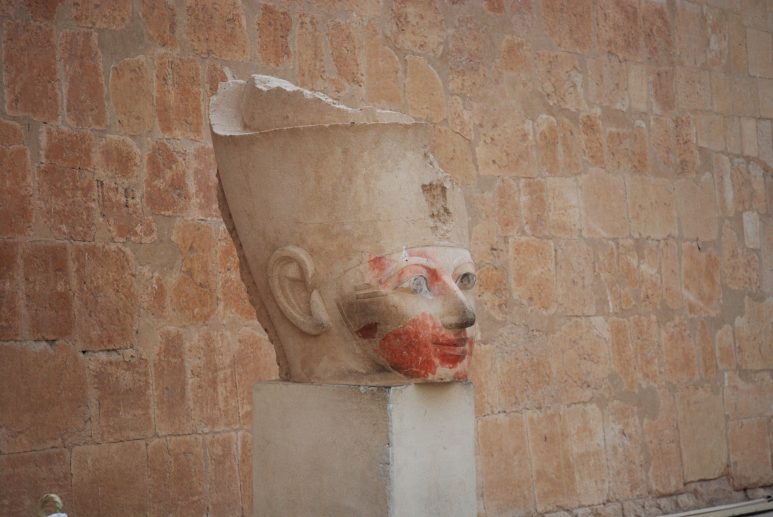
A Monumental Legacy
Situated on the west bank of the Nile outside of Luxor is one of the most unique and spectacular temples throughout all Egypt: the Djeser-djeseru, or the “holiest of holy places”. Dedicated to Amon, the temple served as Hatshepsut’s funerary monument, and is a must see on any of our Egypt tours. As if growing directly from the rocky terrain of Egypt herself, the temple is a beautifully formed series of terraces and colonnaded halls.
Back on the east bank of the Nile, at the magnificent Temple of Karnak, is a massive red granite obelisk, one of two erected by Hatshepsut, and it’s just one more of her unrivaled legacy of monuments, including the Temple of Pakhet, the Red Chapel, and the Precinct of Mut, all which demand to be explored on your next Egypt tour package
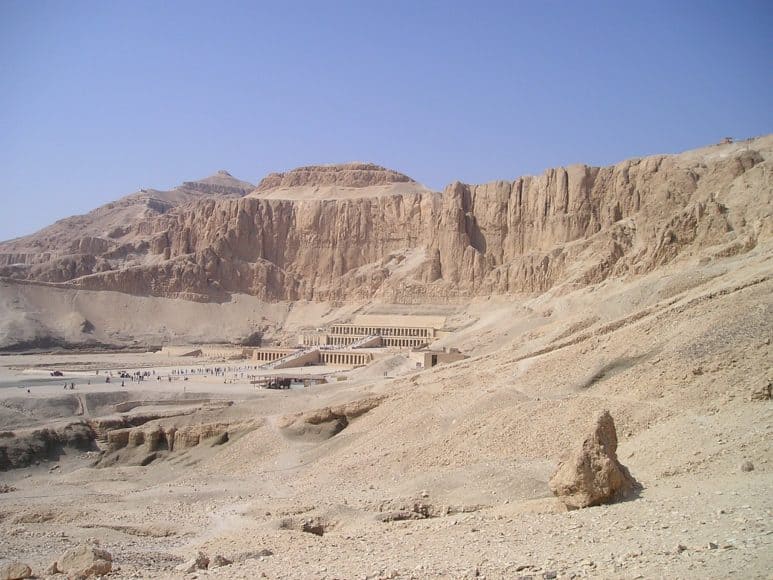
A Queen’s Death
After her death aged fifty-one, and acting as if Hatshepsut had usurped the young heir, King Thutmose III began a campaign to eradicate Hatshepsut’s memory. The king destroyed or damaged many of her monuments, erased many of her inscriptions and commissioned a wall around her obelisks in Aswan.
Some scholars argue that this was the result of a painful grudge, while others contest it was simply a political choice to emphasize his line of succession.
Either way, Hatshepsut led a peaceful reign, and despite Thutmose III’s alleged efforts to erase her memory, the queen will go down as one of the greatest female leaders the world has ever seen.
To find out more about Queen Hatshepsut and her secrets, check out Kara Cooney’s most recent book “The Women Who Would Be King”
